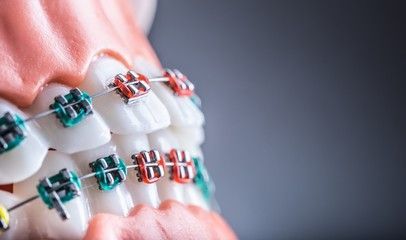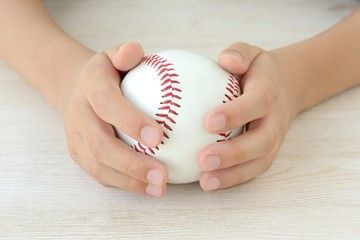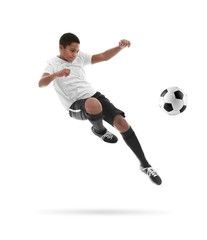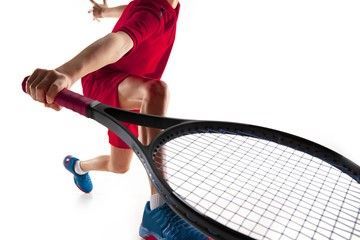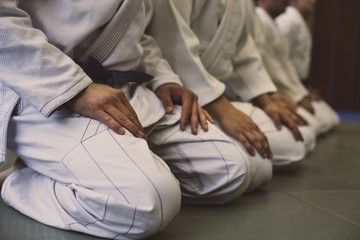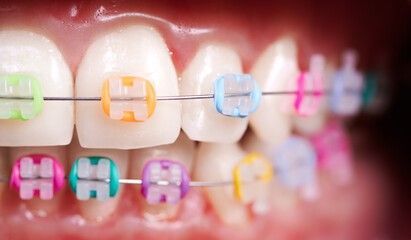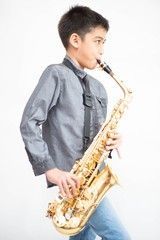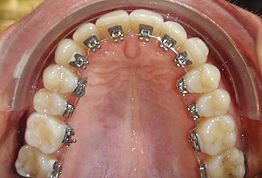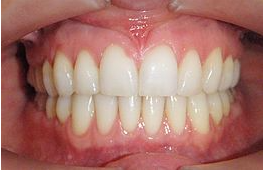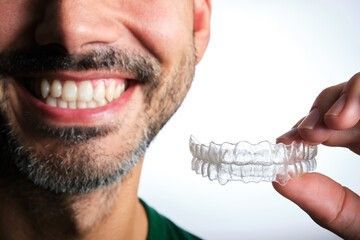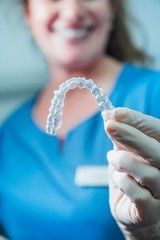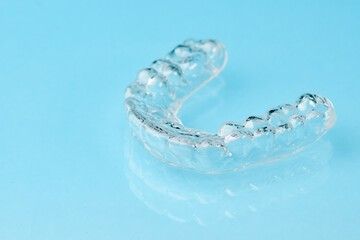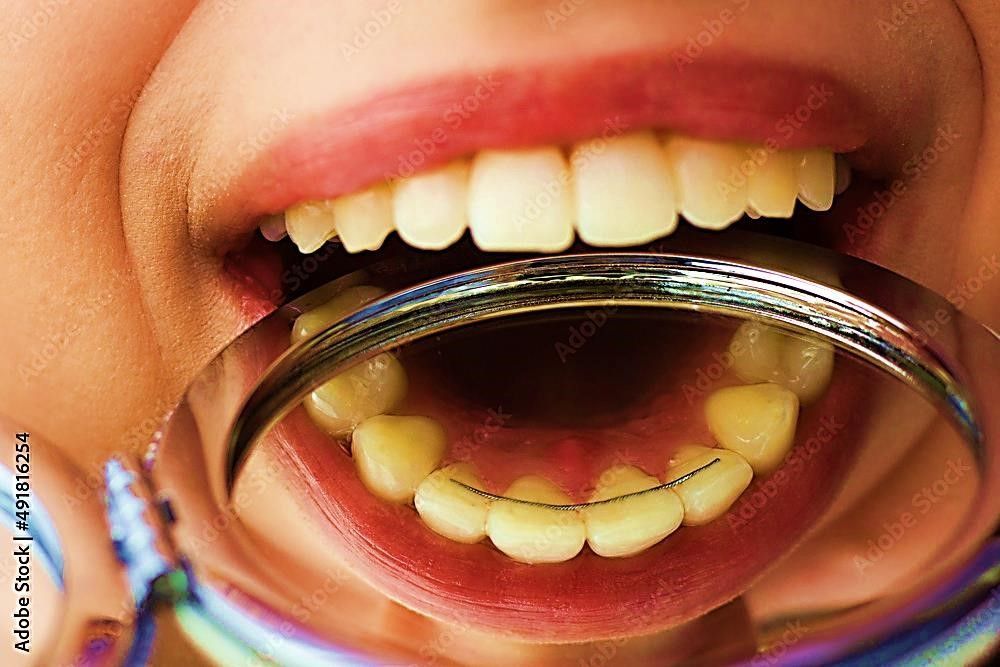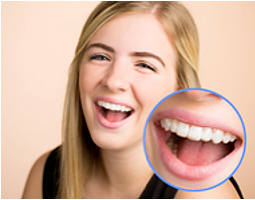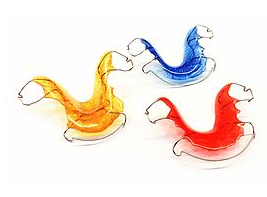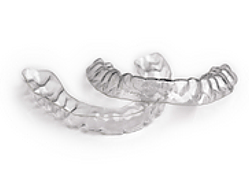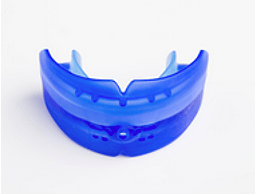We specialize in smiles. Orthodontic treatment at any age in life can dramatically improve your health, appearance and self-esteem. We offer comprehensive specialist orthodontic treatment in Singapore for the entire family. Our services can help children, teenagers and adults of any age enjoy the benefits of straight and healthy teeth. Consult our orthodontic clinic today!
Common Orthodontic Treatment Options
When it comes to achieving a confident and beautiful smile, modern orthodontics offers a range of treatment options to address various dental issues, including overbites, underbites, and misaligned teeth. An orthodontic specialist possesses the knowledge and expertise to carefully assess individual cases by considering factors like age, jaw alignment, and differences in tooth size, among others. Based on these evaluations, they can suggest the most appropriate treatment option for each patient's specific requirements.
1. Traditional Braces
Traditional braces, the tried-and-true option, have been used for many years to successfully address orthodontic problems, such as overcrowding, bite issues, and misalignment of the jaw. Moreover, advancements have been made in modern braces that make them more comfortable and aesthetically pleasing.
Metal Braces: Metal braces consist of brackets made from stainless steel that are attached to the front surface of the teeth. These brackets are connected by metal wires called archwires which apply gentle pressure consistently to guide the teeth into their desired positions. With recent developments in AI technology, orthodontic specialists can now utilize computer simulations to create personalized treatment plans that optimize the positioning of both brackets and wires. This enables more efficient and precise tooth movement.
Ceramic/Aesthetic Braces: Ceramic braces function similarly to metal braces but offer a more discreet and visually appealing option for orthodontic treatment. These aesthetic braces, including ceramic ones, have completely transformed the field by providing individuals with an effective teeth straightening solution that maintains a natural appearance throughout their orthodontic journey.
FAQ:
- Can I play sports while wearing braces?
Yes. Wearing a protective mouthguard is advised while playing any contact sports. Your orthodontist can recommend a specific mouthguard.
- Will my braces interfere with playing musical instruments?
Playing wind or bass instruments, such as the trumpet, will clearly require some adaptation to braces. With practice and a period of adjustment, braces typically do not interfere with the playing of musical instruments.
2. Lingual Braces
If you prefer a discreet option for your orthodontic treatment, lingual braces are an attractive alternative to traditional braces. These custom-made braces are attached to the back (lingual side) of your teeth, making them virtually invisible from the outside. Like traditional braces, lingual braces effectively correct dental misalignments while offering a more inconspicuous appearance.
3. Clear Aligners (ClearCorrect, Invisalign etc.)
Clear aligners in Singapore are an increasingly popular treatment option. Instead of using traditional braces, a set of clear, thin trays known as aligners are custom-made to fit each individual's teeth and gently guide them into the desired positions over time. The emergence of AI technology has revolutionized the process of creating clear aligners. By analyzing digital impressions of patients' teeth, AI-powered software can accurately plan and predict the movement required at different stages. This allows orthodontists to create a series of aligner trays with precise adjustments in order to achieve optimal results for each patient. Patients are in charge of inserting and taking out their aligners. Every two weeks, they transition to a fresh set of aligners that are specifically made to gradually shift the teeth.
One of the main advantages of clear aligners is their nearly invisible appearance when worn, making them a discreet option for those
seeking orthodontic treatment. They are also removable, allowing for easy maintenance of oral hygiene, as patients can brush and floss their teeth as they would normally. Additionally, there are no dietary restrictions since aligners can be taken out during meals. For those with busy professional or social lives, clear aligners offer flexibility and convenience throughout the treatment process.
4. Retainers
Retainers are essential for maintaining the results achieved after orthodontic treatment with braces or aligners. In recent years, advancements in AI technology have revolutionized retainer design by enabling digitally-created retainers that perfectly match the shape and positioning of your teeth. These AI-generated retainers offer improved comfort and retention compared to traditional methods, ultimately contributing to long-term orthodontic treatment success.
There are two types of retainers available: removable and fixed. Removable retainers are made from a clear, slightly flexible material and custom-designed to fit each individual's teeth precisely. On the other hand, fixed retainers consist of a thin wire attached to the back of the front teeth, ensuring that they stay aligned. It is crucial to follow your orthodontist's instructions regarding retainer wear to preserve the success of your orthodontic treatment.
FAQ: Why are retainers needed after orthodontic treatment?
After braces are removed, the teeth can shift out of position if they are not stabilized. Retainers provide that stabilization. They are designed to hold teeth in their corrected, ideal positions until the bones and gums adopt to the treatment changes. Wearing retainers exactly as instructed is the best insurance that the treatment improvements last for a lifetime.
5. Mouthguards
Athletes of all ages, not just those undergoing orthodontic treatment, rely on mouthguards to shield their mouths during sports. These protective devices are available in different materials with varying levels of flexibility and safeguarding capabilities. Optimal fit and maximum protection can be achieved with custom-made mouthguards, which effectively prevent dental injuries during physical activities. Highlighting the importance of protecting teeth while engaging in sports, the American Association of Orthodontists advises both children and adults to wear mouthguards for organized or recreational athletic endeavours. Speak to your orthodontist in Singapore for more details.





